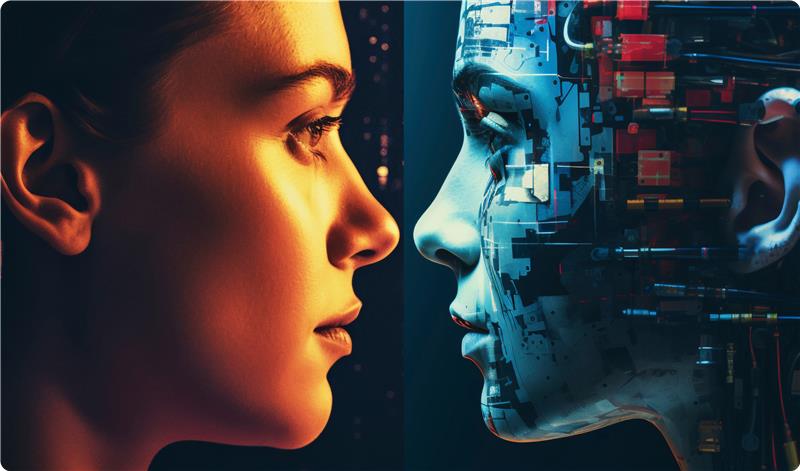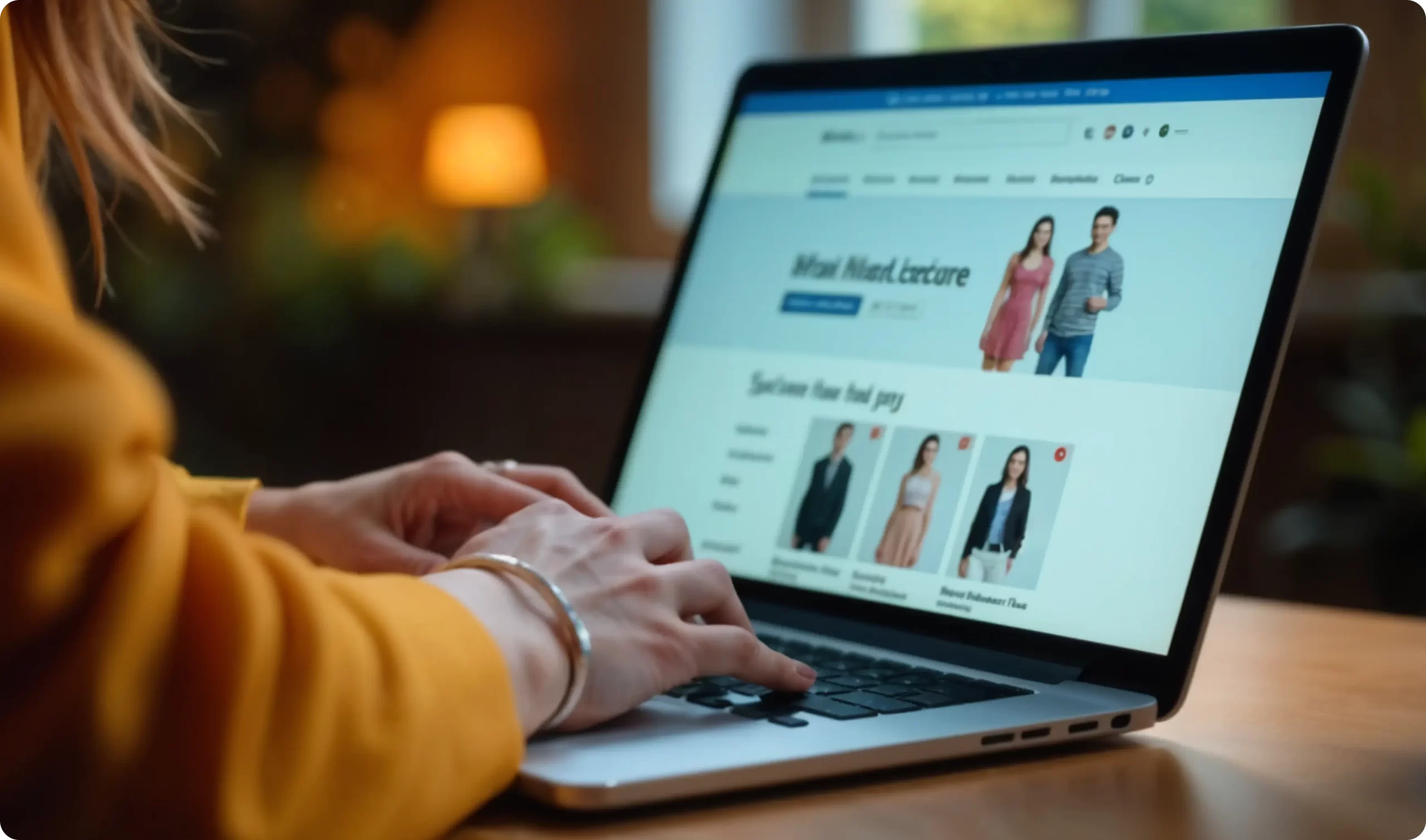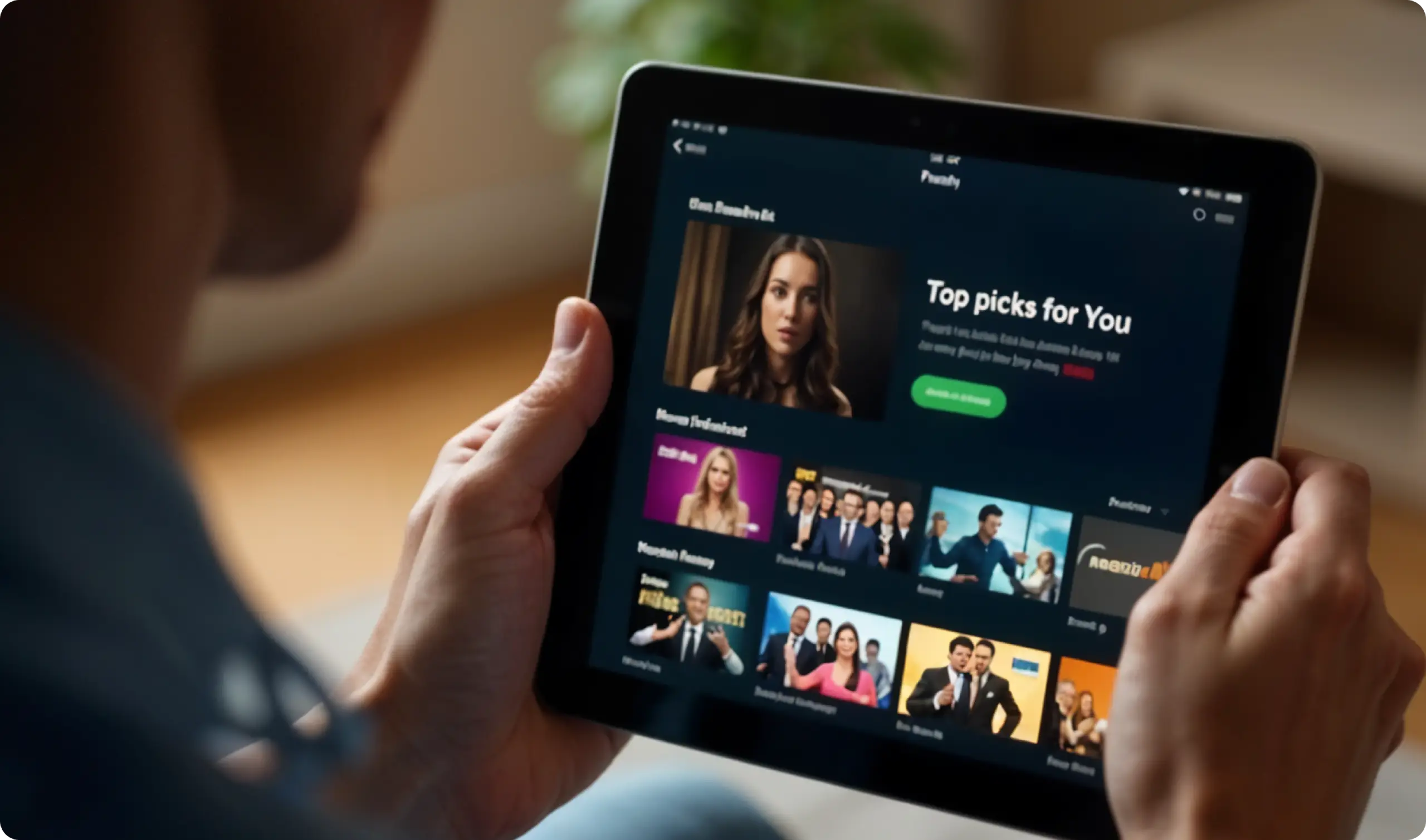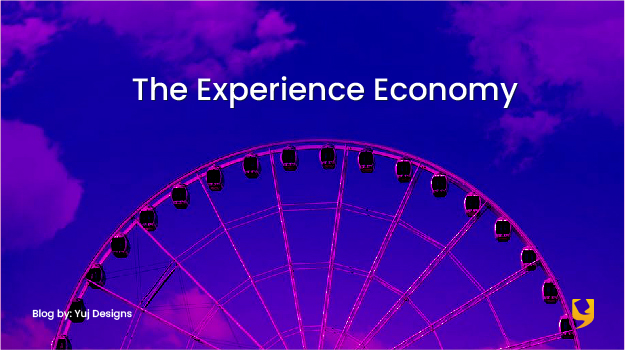
The consumers in today’s world, don’t just purchase products. They demand for a whole lot more than just the goods. They look for an entire experience that the brand is offering them. UX design is leading the way – with the sound understanding of users and technological advancements at the helm. It is no more about designing for features or U.S.P.s of a business. For instance, if it is a healthy food-specialty cafe, the customers want to know the nutritional values of various ingredients, recipes and even ways to keep yourself fit. Maybe a yoga-pilates session on a weekend or a discounted membership at a nearest fitness club. Customers don’t just make the purchase and leave. They want to experience the brand they patronize.
This is experience economy. It is rather an emotional connection with the customers. It is about how people feel about your brand and what you offer that is an extension of the brand’s personality. The Harvard Business Review puts it as –
A company intentionally uses services as the stage, and goods as props, to engage individual customers in a way that creates a memorable event.
Changing Customer Behavior
The key factor to success of an organization is mainly to deliver unforgettable experiences to their customers. Thus, company’s offerings will evolve as per the clients’ needs and expectations. Customers are expressing strong inclination towards buying experiences and associating with the businesses on an emotional level more.
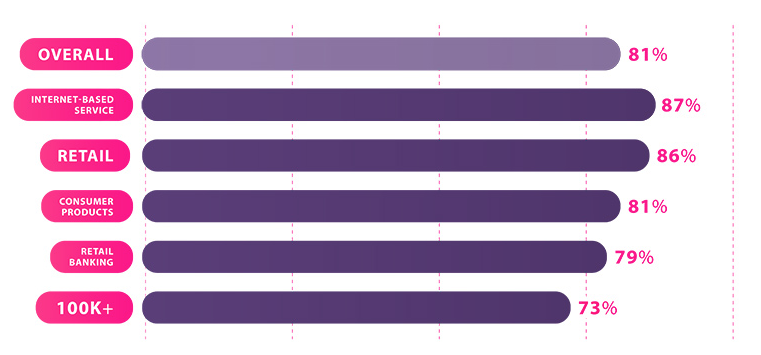
Percentage of customers willing to spend more for a better experience – by sectors.
Businesses Adapting to the Change
Retail, travel and entertainment industries are evidently adapting well and thriving in the experience economy. Retailers, both online and offline, are taking more efforts to provide a differentiating experience to the customer. Successful brands such as Apple, Starbucks have put people at the heart of their economic decisions. They have been able to shape an experience-driven market in which the brands offer life experiences. Let’s look at some of the successful examples.
1. Misereor: Charity Donation Billboard
Placed at airports, these digital posters became quite a rage. The idea was based on the specific behavior of payment methods preferred by the consumers worldwide. A German relief NGO Misereor, decided to utilize the habit and persuading people to pay funds for charity. One of the screens showed an image of a loaf of bread depicting hunger. There was a request screened above the image asking the customers to swipe a card and feed the hungry by paying a small amount. The overall interaction with the image on screen imitated the experience of a person slicing the bread virtually. These interactions and smart usage of technologies attracted many more.
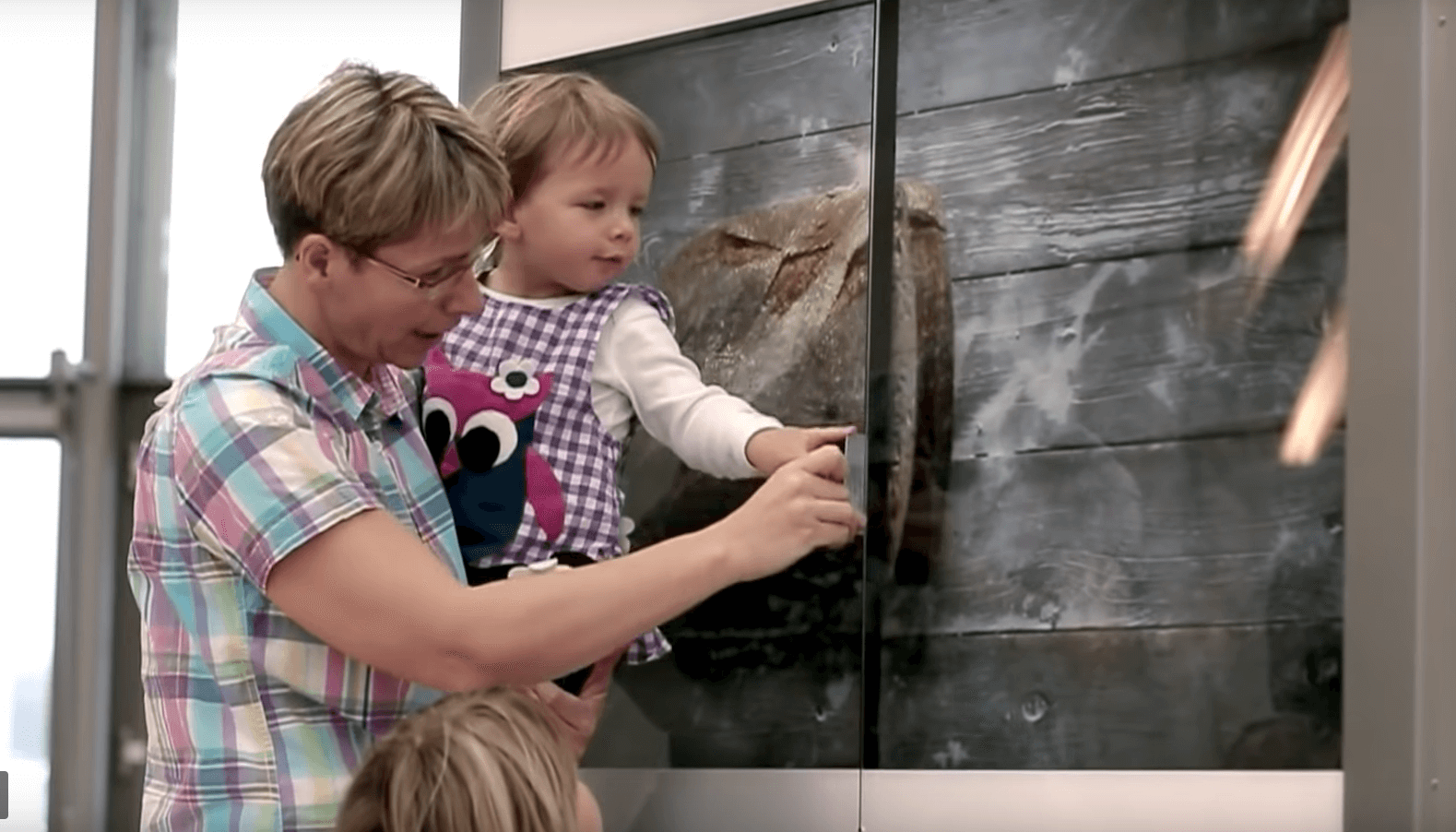
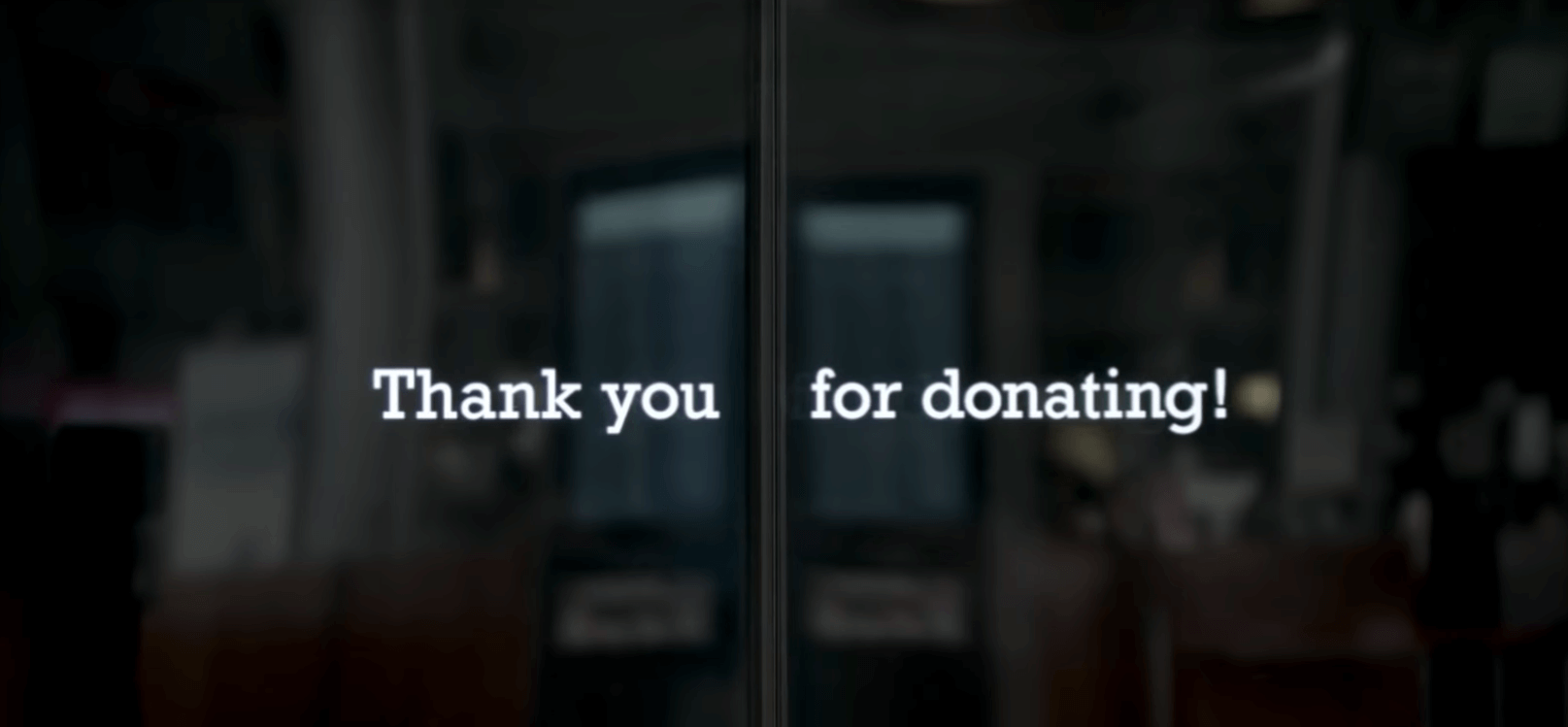
Another example of Misereor charity donation billboard followed by a Thank you – note on screen.
2. Sterling Holidays
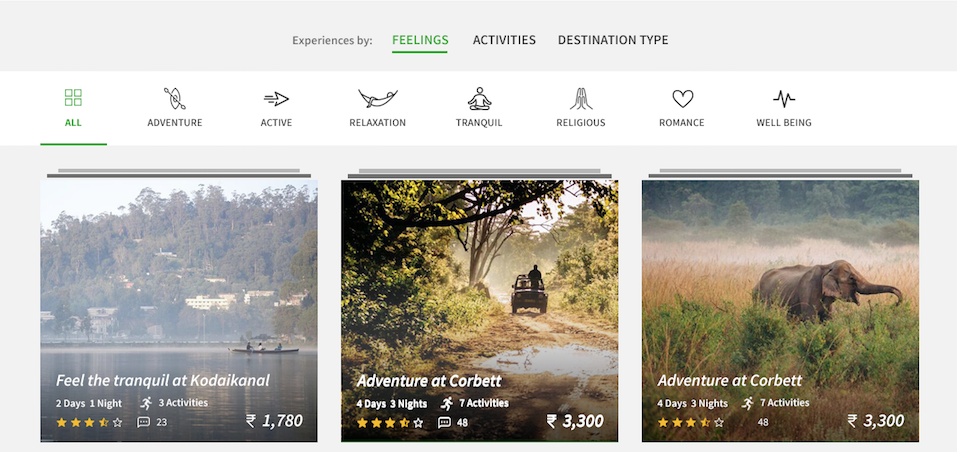
The introduction of innovative filters based on experiences.
https://www.sterlingholidays.com/experiences
Sterling Holidays, one of our old clients – has made the most of their customers’ potential to market the brand themselves. We helped them conceptualize and design exceptional experiences, visual strategies culminating in their website design. The company introduced another brand campaign in-sync with the idea, which became quite popular.

The brand video for Sterling Holidays.
https://www.youtube.com/watch?v=7LJbBJY0G1E
The Value of Design
With the rise in the contributors to the experience economy, design has become a vital factor. Design has the power to give organizations a competitive advantage. User experience design methods have been laying the groundwork in this area. For a successful business, evolution of user experience design along with the business strategies is essential. Human-centered design methodologies can help businesses re-define their models, offerings and strategies. Here are some of the ways, design can help businesses excel:
1. Collect data and derive insights that can inform the organizations’s business decisions and strategies.
2. Designing experiences with the intent of enhancing customer-journeys as the foundation. e.g. – Co-branding – collaborating with other coherent brands to create meaningful experiences.
3. Develop the strategies of enhancing the tangible and intangible competences of the products/ services.
4. The user interface design can establish simple and enjoyable relationships between users and product/ services.
The sooner the businesses realize what the future is all about, the better – their chances of succeeding. To dig deeper, read our points of view on how to use design to build competitive advantage.
Amplify your brand presence with the best UX design studio that truly aligns your needs with those of your consumers! Get in touch with us at YUJ Designs, today!
